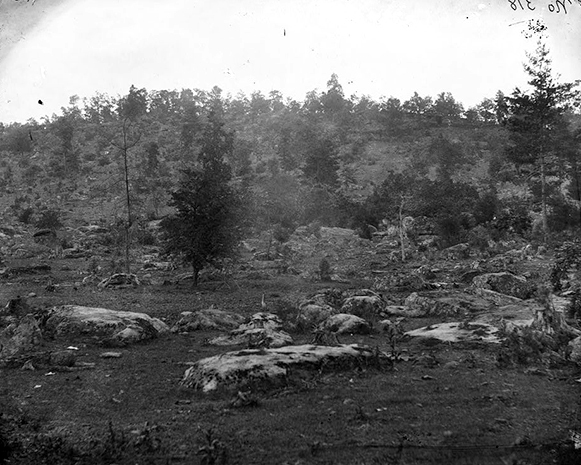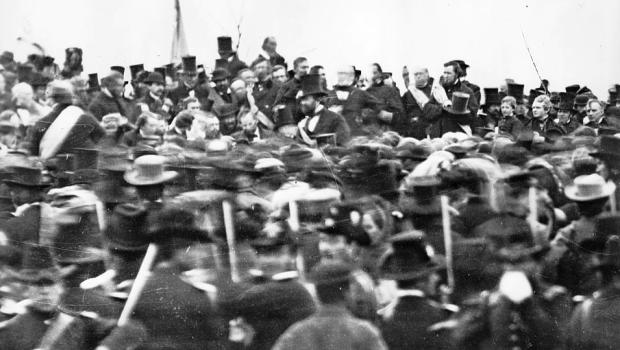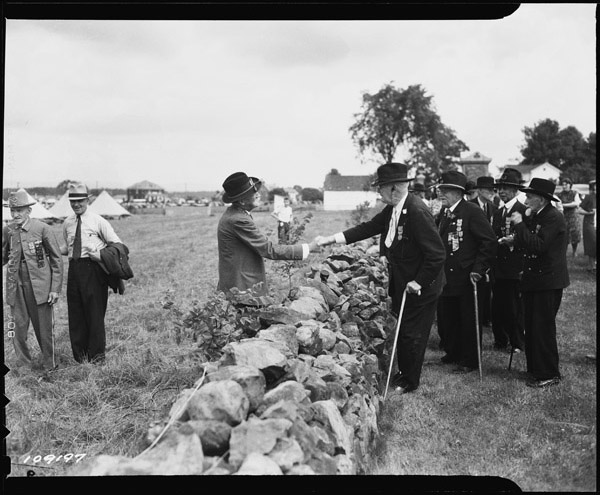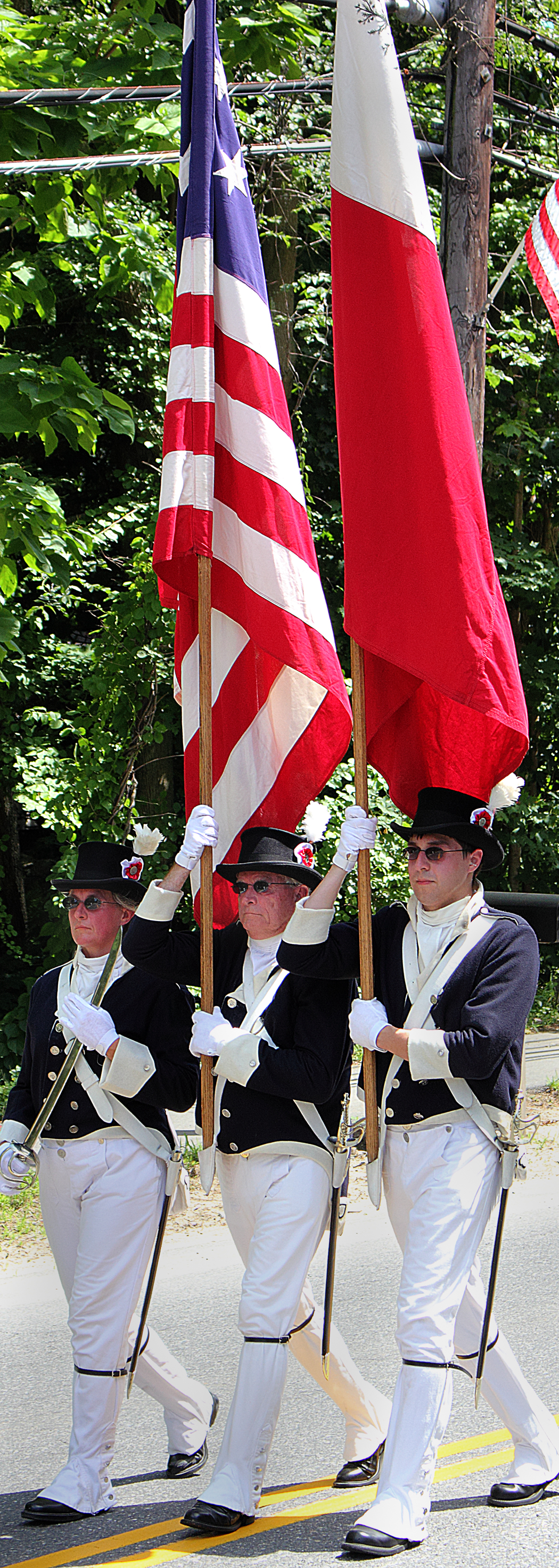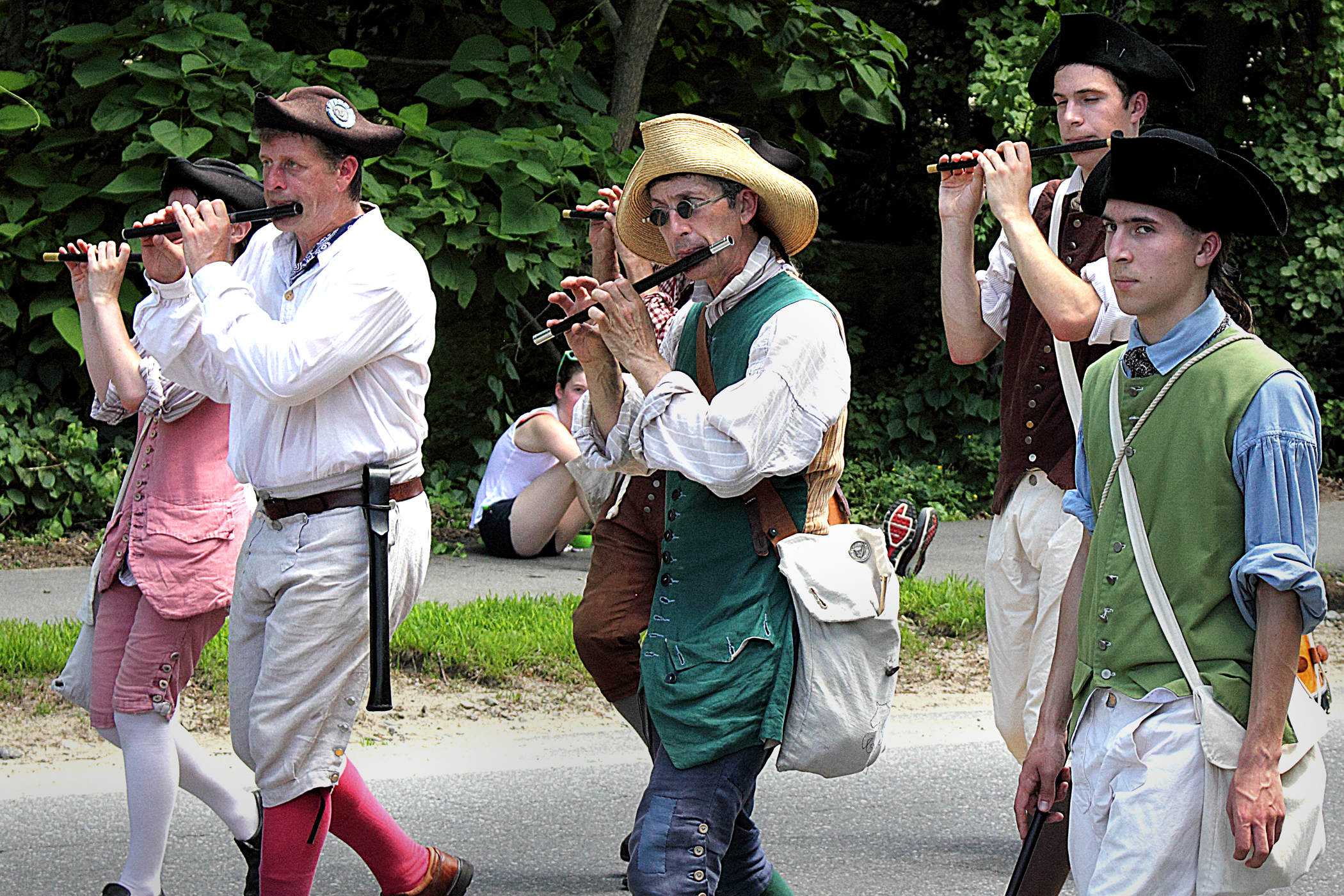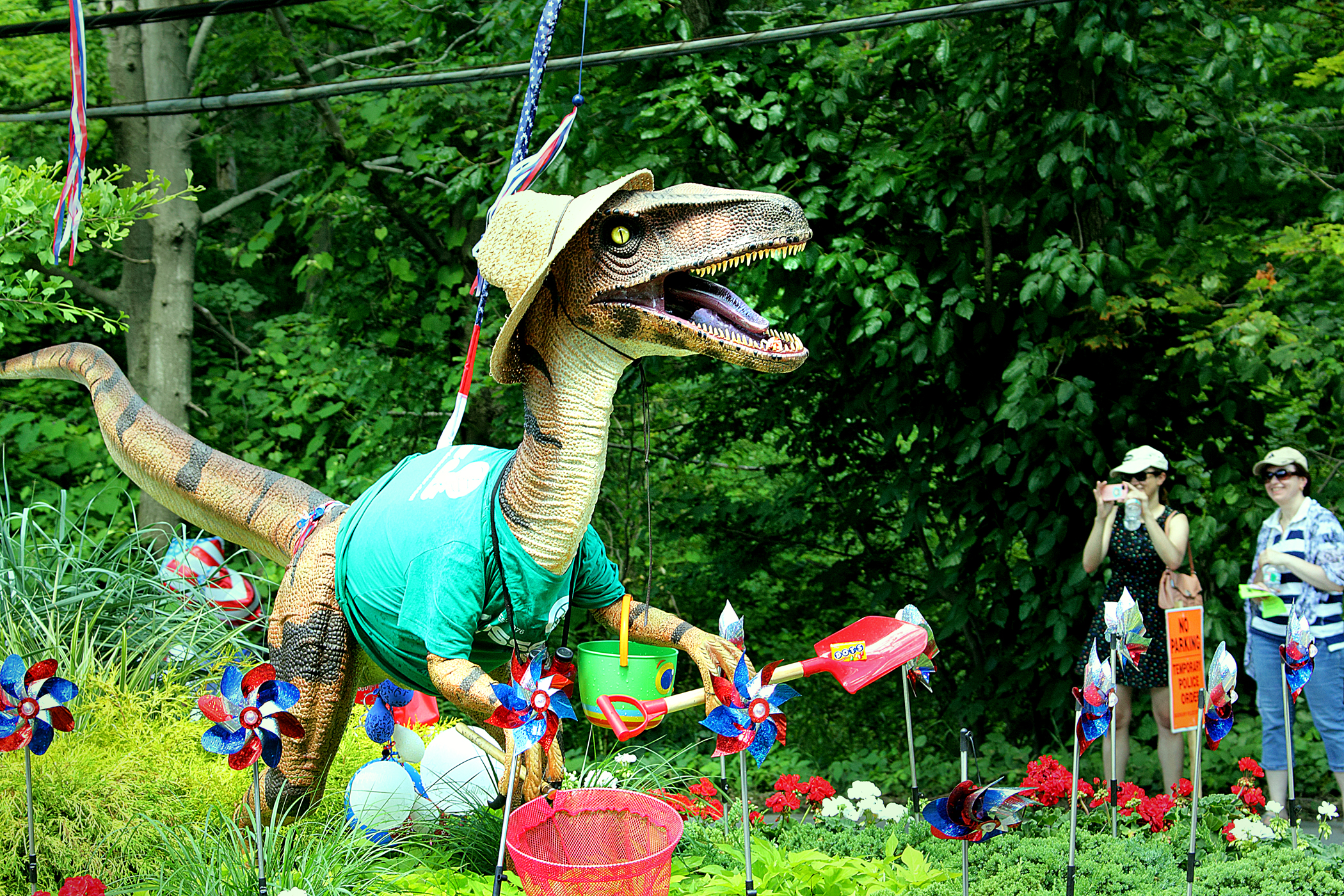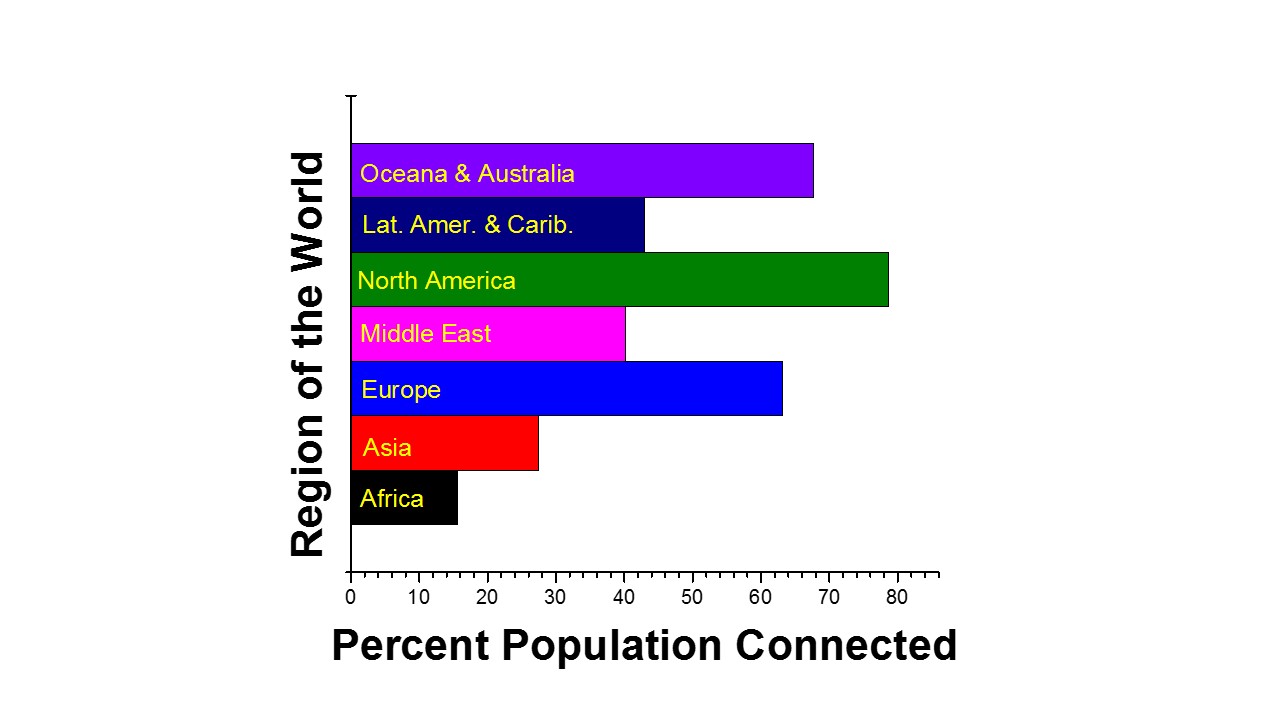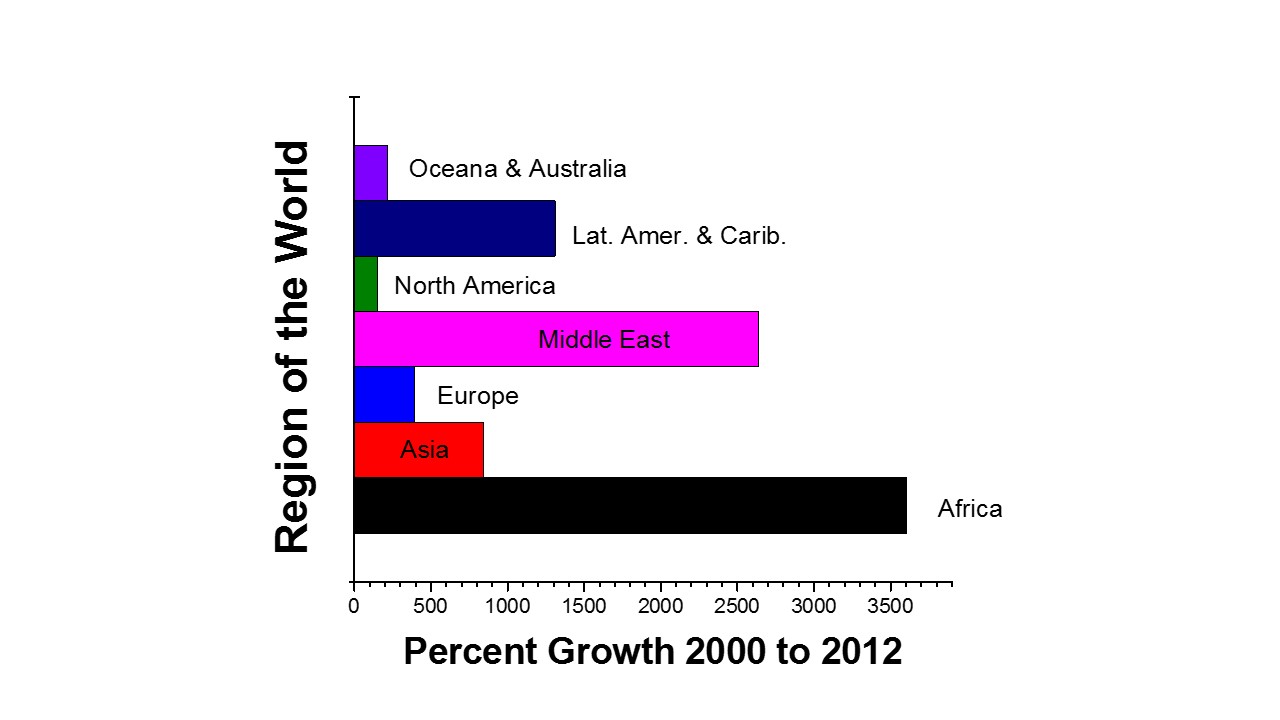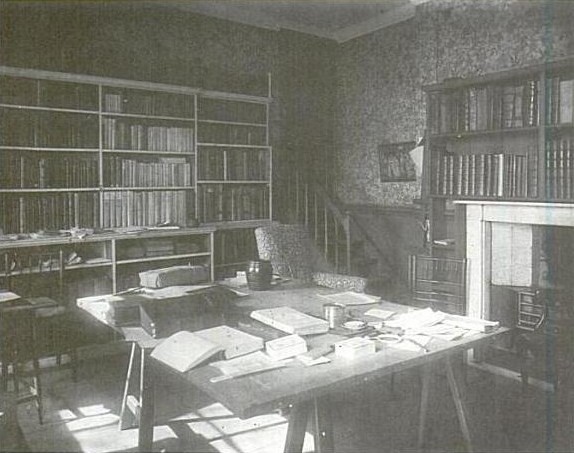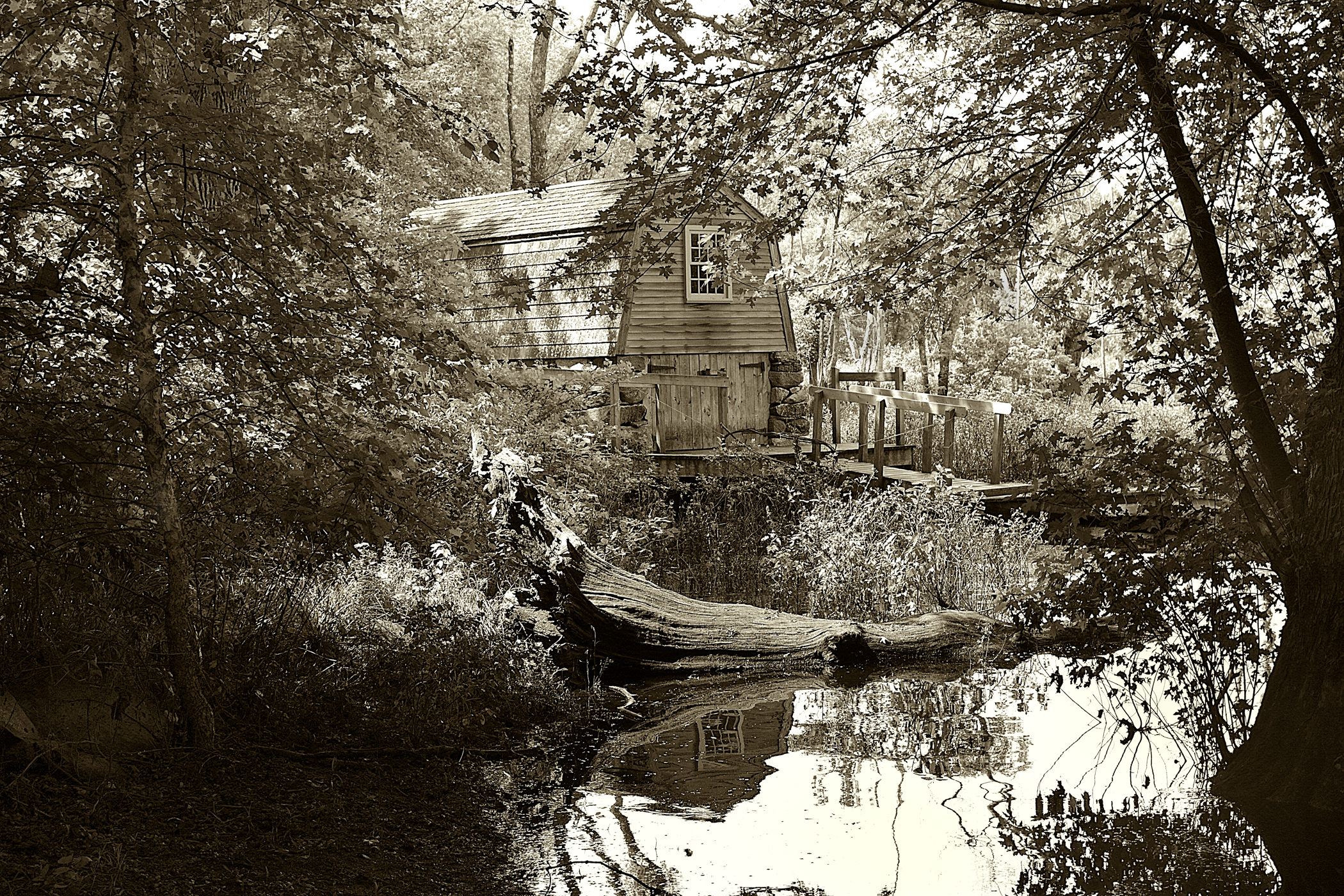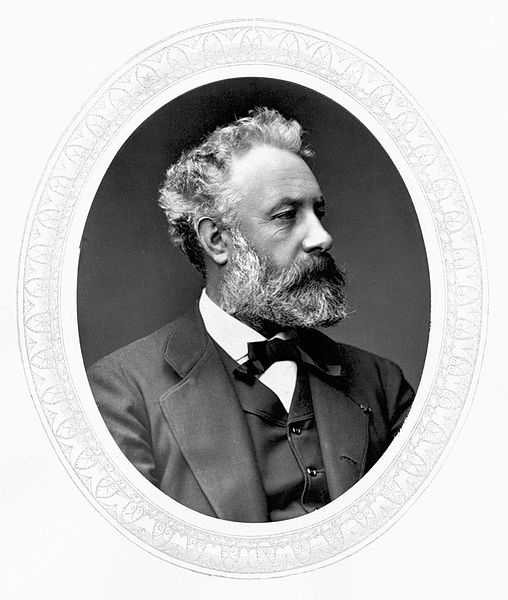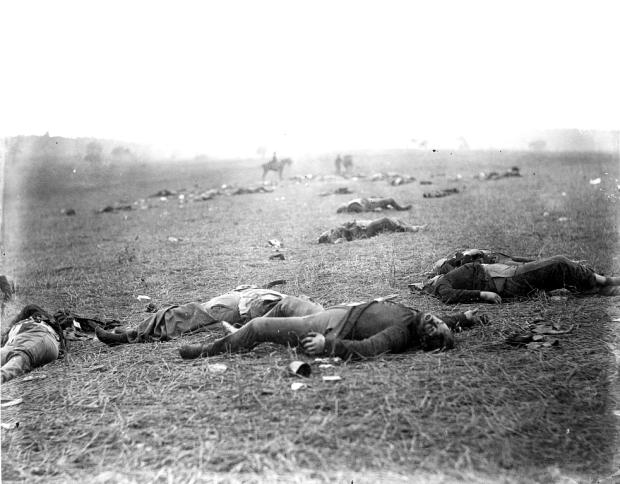
Figure 1 – Iconic image of the aftermath of the Battle of Gettysburg taken by Timothy O’Sullivan the day after the battle July 4, 1863. From the LOC and in the public domain.
While we have discussed the importance of photographs of the American Civil War and the work of Timothy O’Sullivan for Mathew Brady, it remains significant that July 1 to 3, 2013 marked the one hundred and fiftieth anniversary of the Battle of Gettysburg. Many have viewed this battle as the “turning point” of the war as it marked the end of General Lee’s strategy to relieve pressure on Northern Virginia, the capital city of Richmond in particular, by invading the North and attacking the cities of Philadelphia and Baltimore apply a pincer grip on the Union capital of Washington, DC.
The losses at Gettysburg were staggering. The two armies suffered between 46,000 and 51,000 casualties over the three days of fighting. Figure 1 is the iconic image by Timothy O’Sullivan of the carnage and was taken the day after the battle. There has been a lot said about the brutality of the American Civil War. One theory has it that it was the first war fought with twentieth century weapons but eighteenth century tactics. Regardless I believe that it became too great a sacrifice merely for preservation of Union. The end of slavery became the goal of the war. And in a real sense the Civil War really was the second act of the American Revolution.

Figure 3 – Contemporary image of Joshua Chamberlain, who won the Congressional Medal of Honor for his defense of the Little Round Top, from the LOC and in the public domain.
The images of Gettysburg are iconic and legendary. Looking at the ones taken just after the battle enables us to transport ourselves back to that time and they enable us to attempt to understand. I don’t believe that true understanding is really possible but trying is a sacred duty.
Figure 2 is an image, possibly also by O’Sullivan, of the Little Round Top. Late on the afternoon of July 2, 1863, Union Colonel Joshua Lawrence Chamberlain led the 20th Maine Regiment in a desperate bayonet charge down the hill. Chamberlain is credited with saving Major General George Gordon Meade’s Army of the Potomac and ultimately of winning, winning the Battle of Gettysburg. Chamberlain won the Congressional Medal of Honor for his heroism on that day. A contemporary portrait is shown in Figure 3.
Finally there are two other images that may give us some sense of the meaning of Gettysburg – some further, at least, to help us ponder these events. The first, Figure 4, shows Lincoln at Gettysburg on the Day of his great address, November 19, 1863. And the second is of the last great Gettysburg reunion seventy-five years after the battle. 2500 blue and grey returned to that place one final time to remember. Figure 5 shows the blue and grey shaking hands across a stone wall.

